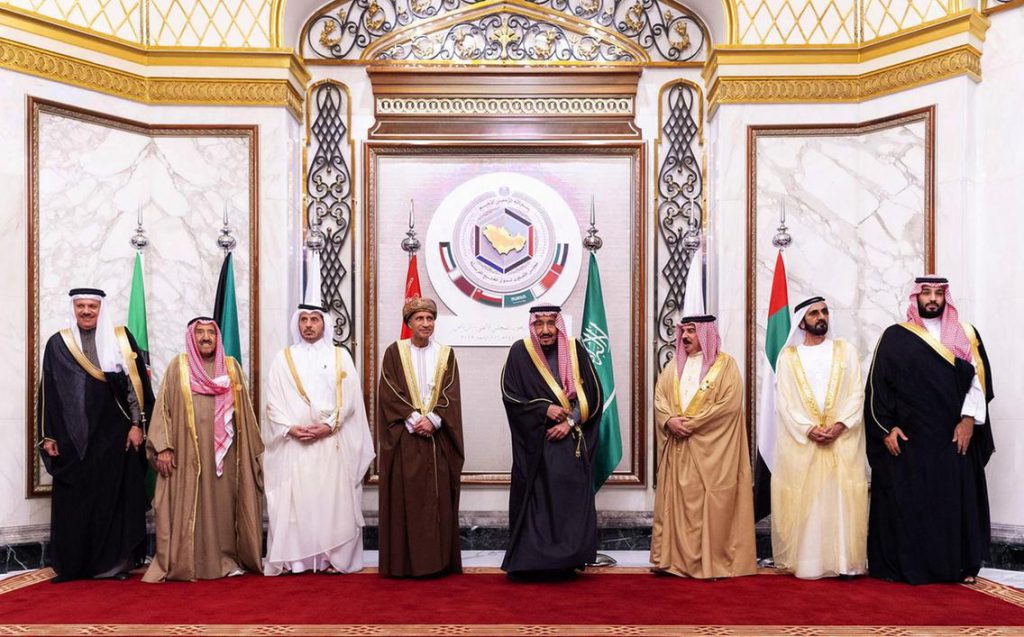Gulf Nations Strike Back: Trillion-Dollar Investment Surge Follows US Tariff Moves
Petrodollars meet power plays as Gulf sovereign wealth funds unleash financial counteroffensive.
The Geopolitical Pivot
When tariffs bite, capital flows. Saudi Arabia's PIF, Abu Dhabi's ADQ, and Qatar's QIA are deploying nine-figure checks into infrastructure, technology, and commodities—diversifying away from dollar-denominated assets at a blistering pace.
The Digital Gold Rush
Oil revenues are funneling into blockchain infrastructure and digital asset portfolios. Sovereign wallets now hold more Bitcoin than some hedge funds—because nothing says 'financial independence' like bypassing SWIFT entirely.
The New Silk Road
Chinese partnerships, African port acquisitions, and European energy deals—all funded with petrodollars that aren't buying US Treasuries. Traditional finance is watching from the sidelines like parents at a rave.
Because sometimes the best response to protectionism is to build your own damn economy. Wall Street analysts are already downgrading dollar hegemony—right after they finish shorting emerging markets.
Gulf Countries Walk An Independent Path Despite US Tariffs

Gulf countries now aim to attract foreign investments by opening up their economies to tourists and businesses. The sweeping infrastructural projects have worked seemingly well as they chart a course towards long-term economic resilience. Despite US tariffs, Gulf countries have pledged to uplift their economies and not be bogged down by pressure from the WHITE House.
In addition, GCC countries have also invested in the US after the tariffs to keep their economy afloat. The White House revealed that $2 trillion worth of investments will come from the GCC members. Saudi Arabia’s $600 billion investment, $1.2 trillion investments from the UAE, $1.4 trillion from Qatar, among others. After protecting their economies, Gulf countries have also invested massively in the US in a win-win situation.
The World Bank has projected that Gulf countries will navigate the US tariffs successfully and expand their GDPs. The projection estimates that they WOULD grow by 3.2% in 2025 and 4.50% in 2026. Saudi Arabia’s Vision 2030 could reshape the region, adding new tourist footfalls in the next decade. While reliance on oil dips, they are exposing their economies to newer sectors in the financial markets.

